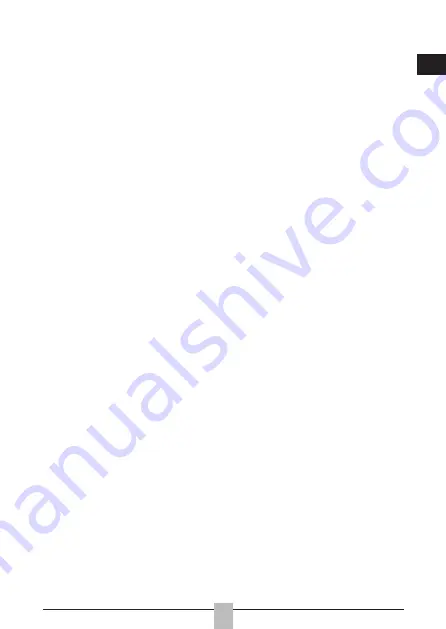
27
EN
Thoroughly rinse the tube or button under lukewarm running water or sterile saline solution
(0.9% NaCl solution).
Dry the tube thoroughly with a clean and lint-free cloth after wet cleaning.
Never use tracheostomy tubes with impaired functionality or with damages such as sharp edges
or cracks, because this may lead to injuries of the mucus membranes in the trachea. If damages
are found, the tube must not be used under any circumstances.
The obturator can be cleaned in the same way as the tracheostomy tube.
Cleaning the tracheostomy tubes with low-pressure cuff
The indwelling time and thus the replacement intervals of the tracheostomy tube must
be determined individually in consultation with the treating doctor/physician. The outer
cannula must be cleaned or the tracheostomy tube replaced after 1 week at the latest
though, since after that the risk of formation of granulation tissue or of tracheomalacia,
etc. can increase significantly, depending on the patient‘s disease condition.
The outer cannula must only be cleaned with the cuff inflated, and the safety balloon must not
come into contact with the cleaning solution in order to prevent intrusion of cleaning solution into
the balloon, since this would lead to serious functional impairment and health risks for the user.
The outer cannula with cuff can be cleaned/rinsed with sterile saline solution.
A brush must not be used for tracheostomy tubes with cuff in order to avoid damaging the
balloon!
Damage to the balloon and hence a defect of the tracheostomy tube can only be avoided by
careful and gentle handling.
2. Chemical Disinfection Instructions
2.1 Disinfecting the inner cannula / cleaning the outer cannula without low-pressure cuff
The Fahl
®
tracheostomy tube can be disinfected by cold disinfection with special chemical
disinfectants.
Disinfection should always be done if ordered by a doctor/physician due to specific health
concerns caused by disease, infection, or your specific situation.
Disinfecting is generally indicated to prevent cross-infection and in inpatient situations (e.g.
hospitals, nursing homes, and/or other health care facilities) to limit infections.
CAUTION
Always clean according to the cleaning procedure described above before proceeding
to disinfection (if applicable).
Disinfectants that release chlorine or that contain strong alkalis or phenol derivatives
must under no circumstances be used. This could badly damage or even destroy the
tracheostomy tube.
2.2 Disinfecting the outer cannula with low-pressure cuff
Tracheostomy tubes with low-pressure cuff may only be disinfected provided that this is
performed and checked with utmost care. The balloon must always be inflated beforehand.
Disinfection steps
For this purpose, OPTICIT
®
tube disinfectant (REF 31180; not available in the USA) should be
used in accordance with the manufacturer’s instructions.
As alternative, we recommend a disinfectant based on glutaric aldehyde as active ingredient
(also available in the USA). Always observe the area of application and spectrum of activity
specified for the disinfectant by the manufacturer.
Follow the instructions for the disinfectant.
Dry the tube thoroughly with a clean and lint-free cloth after wet cleaning.
3. Sterilisation / Autoclaving
Resterilisation is not allowed.
CAUTION!
Heating to over 65°C, disinfection with boiling water or steam sterilisation are not allowed
and lead to damage of the tracheostomy tube.
















































